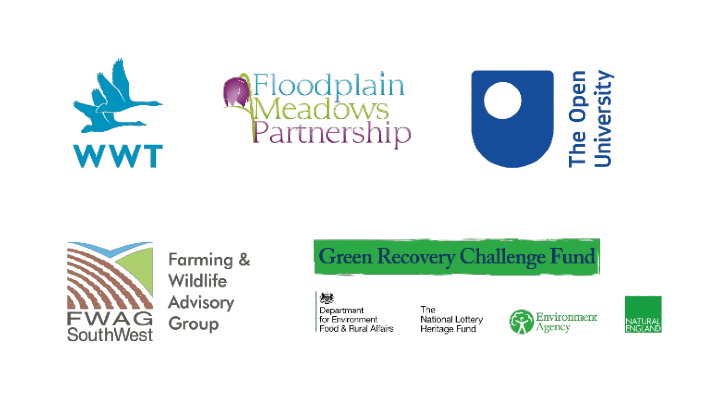Could our ancient floodplain meadows help turn the tide on our nature and climate emergencies?
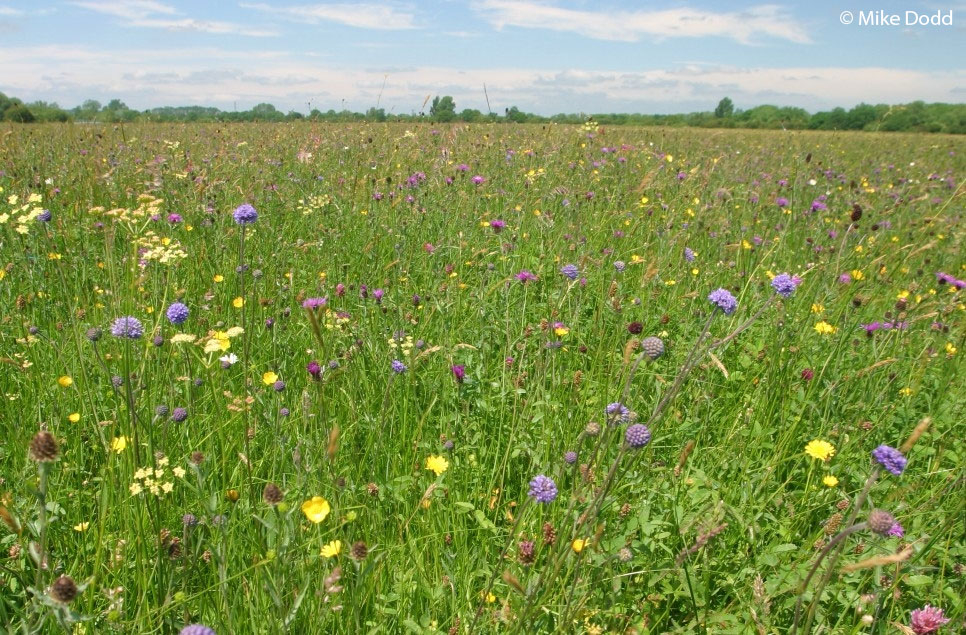
The challenge is on. With the help of the Floodplain Meadows Partnership and a passionate bunch of volunteers we’re aiming to gather data from 1,000 hectares of floodplain grassland in the Severn and Avon Vales in a single season before the hay cut in July.
It’s all part of our Flourishing Floodplains project and with every new day on our wet grasslands bringing a crescendo of thrumming and buzzing insects and ever more glorious wildflowers and grasses, there’s not a minute to lose.
We caught up with Emma Rothero, Manager of the Floodplain Meadows Partnership, to talk wildflowers, carbon storage and a farming tradition that’s over a thousand years old.
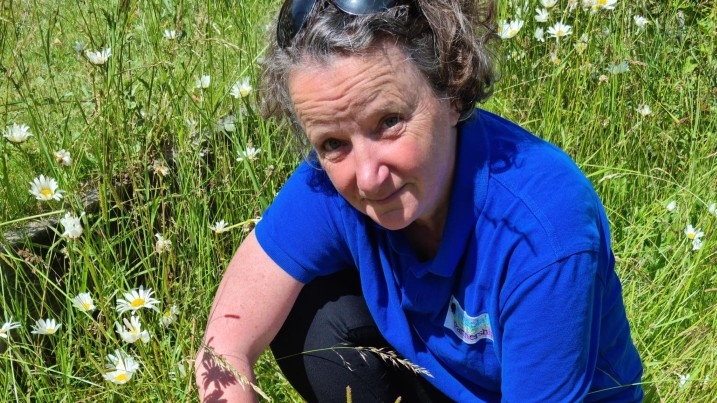
We’re trying to understand how many hectares of species rich floodplain meadow are found in the Severn Vale. The ones we’re interested in are very species rich, but now rare across the country. We think there’s only about 1,100 hectares of species rich floodplain meadows left in England and Wales. Historically much more of our floodplain land would have been managed for hay making.
A floodplain meadow is a grassland in a floodplain that is cut for hay every summer. Floodplains where soils have been laid down over gravel or sands over thousands of years, are well drained and deep. They’re often wet over winter, but in the summer the water drains away, leaving large open, flat spaces, perfect for growing and cutting hay. Traditionally they would have been managed with an annual hay cut and then grazed afterwards into the autumn until they got too wet, when the animals would be removed to avoid damaging the soil. Managing the meadows in this way meant none of the thugs and bullies of the plant world could take over, allowing the more delicate floodplain meadow plants and grasses to flourish instead.
Some of our very ancient floodplain meadows like the Oxford Meadows have been managed in this way for over 1,000 years. This is very important, because when you manage these meadows in the same way over such a long period of time, you end up with a very species-rich plant community. Great burnet for example, is a classic species of an old floodplain meadow, so if you find that, it’s a good indication that your soil is well structured and that the land has a history of meadow management. It’s one of the key species we look for. Meadow foxtail grass is another key indicator species and where you find both together, they’re the two defining species of the floodplain meadow plant community. Other species to look out for are cuckoo flower, devil’s bit scabious, meadow vetchling, bird’s foot trefoil and knapweed. In a good floodplain meadow, you’ll also find a very diverse range of grasses – sometimes more than fifteen different species - and this is what makes it such an excellent hay crop. So, we’re trying to get an inventory of all the species-rich floodplain meadows in England and Wales.
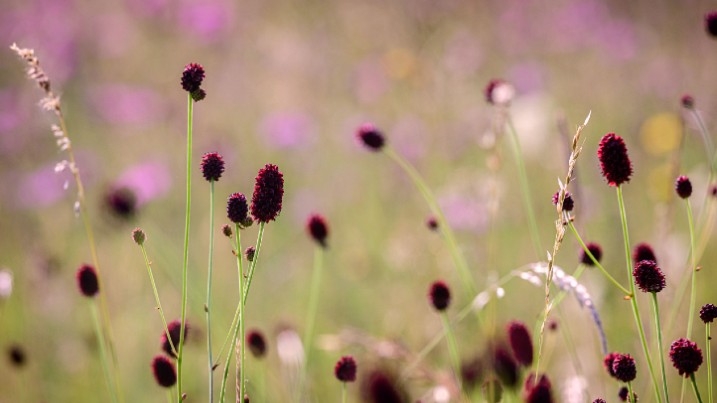
Historically much more of our floodplains would have been managed as meadows. They would have provided a very productive hay crop without the need for any fertilisers. This was because the soils are naturally fertilised from the phosphorus-rich sediment deposited during river floods. So pre-industrial revolution, before any artificial fertilisers were available, they were the main stay of the local community and were relied upon to feed livestock through the winter.
However, over the last 100 years, 97% have been lost. A reduction in the need for horses in transport and agriculture and the ability to fertilise non-floodplain grasslands artificially, means traditional meadows have declined. Many have been fertilised, re-sown, dug up for gravels, lost through flood alleviation schemes, or built on.
One of the biggest impacts of this loss and the loss of other semi-natural habitats in floodplains has been a reduction of water quality in our rivers. The more we intensify farming in floodplains, the greater the impact we’re seeing on our river systems. And then there’s also the impact on biodiversity. Alongside the loss of the plant biodiversity and associated invertebrate communities, key species are being lost. The curlew for example is an iconic species and its loss in lowland England has been catastrophic. Changes to more intensive farming methods, including loss of floodplain meadows is contributing to the loss of these birds.
The Severn and Avon Vale floodplain meadows is a large, flat area of grassland and arable fields with ponds, wetlands, and ditches. It is mostly made up of small fields with hedges, but there are some very large fields as well. These larger fields such as Upton Ham and Upham Ham were managed as commons or Lammas Meadows. Typically in these systems, hay strips were allocated to parishioners and then once the hay had been taken, the local farmers would’ve put their animals on and these large unfenced areas were then grazed in common. Both these sites are still managed in a similar way today, albeit with fewer farmers involved. Grassland makes up 60 % of the floodplain area in the Vale, with arable at 25%, therefore we are keen to encourage a move from both arable and species poor grassland, to more species rich grassland where possible.
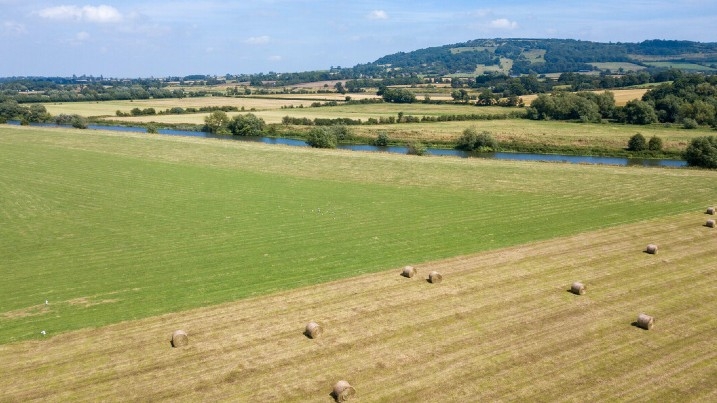
The floodplain of the Vale is so important because it’s such a large, extensive area of low intensity farming. The meadow grasses and wildflowers found across such an extensive landscape, provide a much-needed home for a wide variety of species. The benefit of its sheer scale means its more valuable than the sum of its parts. So much of it is ‘good enough’, that birds and animals, like curlew, newts and eels for example, can live in it and move through it relatively unimpeded. And of course, the extent of the very species-rich floodplain meadow is so small nationally, that any additions to our inventory through our survey this summer are very welcome indeed.
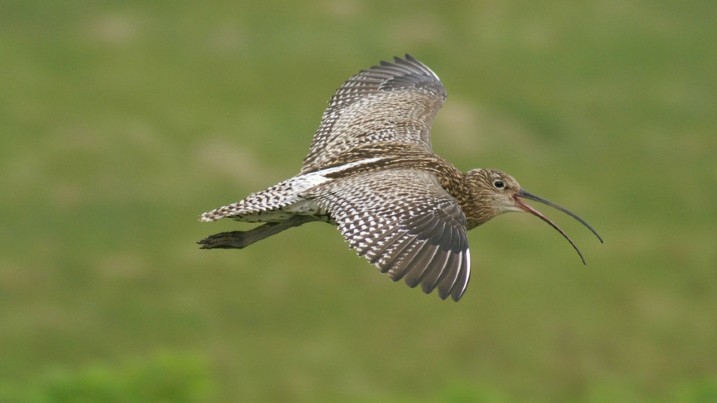
We’re gathering data across 1,000 hectares of grassland in the Vale to see how species rich they are in terms of the meadow plants found there. We’re working with about 12 trained volunteers, who we’re sending out in pairs into the field to collect that information. I think we’ll find we have a lot of OK floodplain meadows, that can be dramatically improved with specific intervention from farmers.
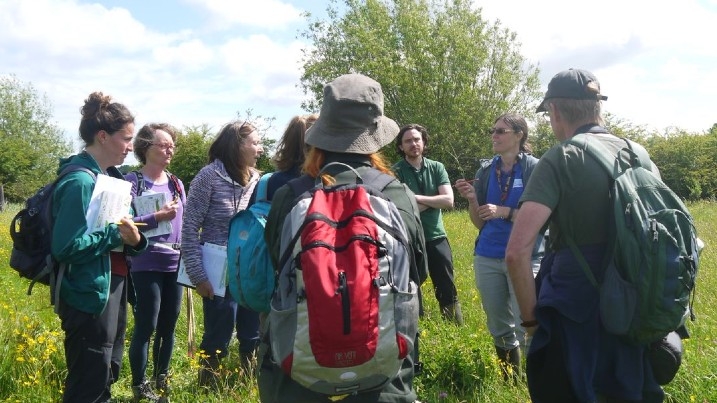
One message we’re trying to get across is the importance of species-rich floodplain meadows for carbon storage. In a floodplain meadow you should have deep, well-structured soil. This provides the perfect environment for an incredibly rich variety of species to flourish. If you look at the rooting structures of floodplain meadow plants, you can see that some of these roots can go down two metres. You might have 40 species in one square metre, so you can imagine how dense the root mass must be with all the different shapes, depths and widths.
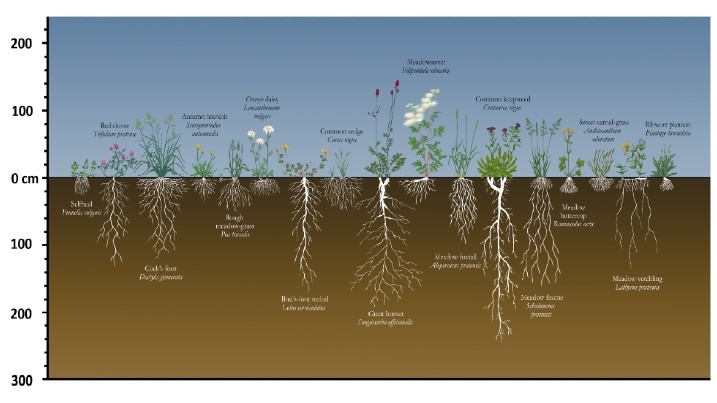
It's this dense root structure that indicates how good these species rich floodplain meadows are at storing carbon. Anything that has roots underground is storing carbon because it’s taking material down to its roots and then depositing it. With such a diversity of roots you’re getting carbon stored at depth which is one of the things that you won’t necessarily get with trees because they tend to store a larger part of their carbon above ground and not be so deep rooted. Our message is that in these deeper soils, which occur on floodplains due to sediment deposited over thousands of years, you get a good distribution of carbon throughout the whole soil profile, not just in the very top layer.
We’re collecting soil samples from the Vale and analysing them for carbon. We’re collecting samples from ancient meadows, as well as from agriculturally modified grasslands, which may only have a handful of plant species in them, from arable fields as well as restored floodplain meadows. This will enable us to see the difference in carbon storage between these four different land use types.
We want to show how much better species-rich floodplain meadows are at storing carbon compared to other floodplain land-uses. We’re hoping this information, together with data we’re capturing from two other catchments in England, can be used to encourage the Government to prioritise species-rich grasslands as carbon stores, not just woodlands and peatlands. Alongside being so good for carbon storage, meadows are more beneficial for farmers and food production. So that’s our objective: to change government policy to include these grasslands alongside woodlands and peatlands as carbon stores to help fight our climate emergency.
We’re aiming to work with 50 farmers in the Vale. We will be sharing the data we collect with them, so they can use information about species and carbon storage to access government grants aimed at encouraging and incentivising the management and restoration of these valuable floodplain meadows. If we can provide evidence that these meadows are good for carbon storage as well as biodiversity, that will provide a further justification for landowners wishing to manage their floodplain land in a meadow-friendly way.
They’re not just great for carbon storage and biodiversity. Floodplain meadows also help with flood mitigation. If they’re species rich, they have well-structured soils, i.e. they’re not compacted. This means there’s lots of space for air and water in the soil, which can fill up with water when it rains. Arable soils tend to be more compacted, so rainwater will run off more quickly taking the soil with it. And because floodplain meadows are adapted to being flooded, they can accommodate flood water without damaging the hay crop.
We’re hoping farmers and landowners will be encouraged to swap arable fields for floodplain meadows. The impact of arable fields is huge. You get soil run off, and chemical run off from the fertilisers and pesticides. These are deposited in our rivers, damaging our river habitats and polluting our water-supply system. Understandably people are tempted to farm arable crops in a floodplain because it’s very productive with its nutrient rich soils, but the trade-offs are significant. Instead with a floodplain meadow you have the potential to store and filter out the pollutants, creating a buffer to protect the soil and biodiversity. We are encouraging people to move out of arable in the floodplains for that reason and have suggested a target of 70,000 ha of restoration for floodplain meadows in England. This level of restoration would make a significant difference to water quality, carbon storage, flood alleviation and biodiversity.
More on the Floodplain Meadows Partnership
This project is funded by the Government's Green Recovery Challenge Fund. The fund was developed by Defra and its Arm's-Length Bodies. It is being delivered by The National Lottery Heritage Fund in partnership with Natural England, the Environment Agency and Forestry Commission.
